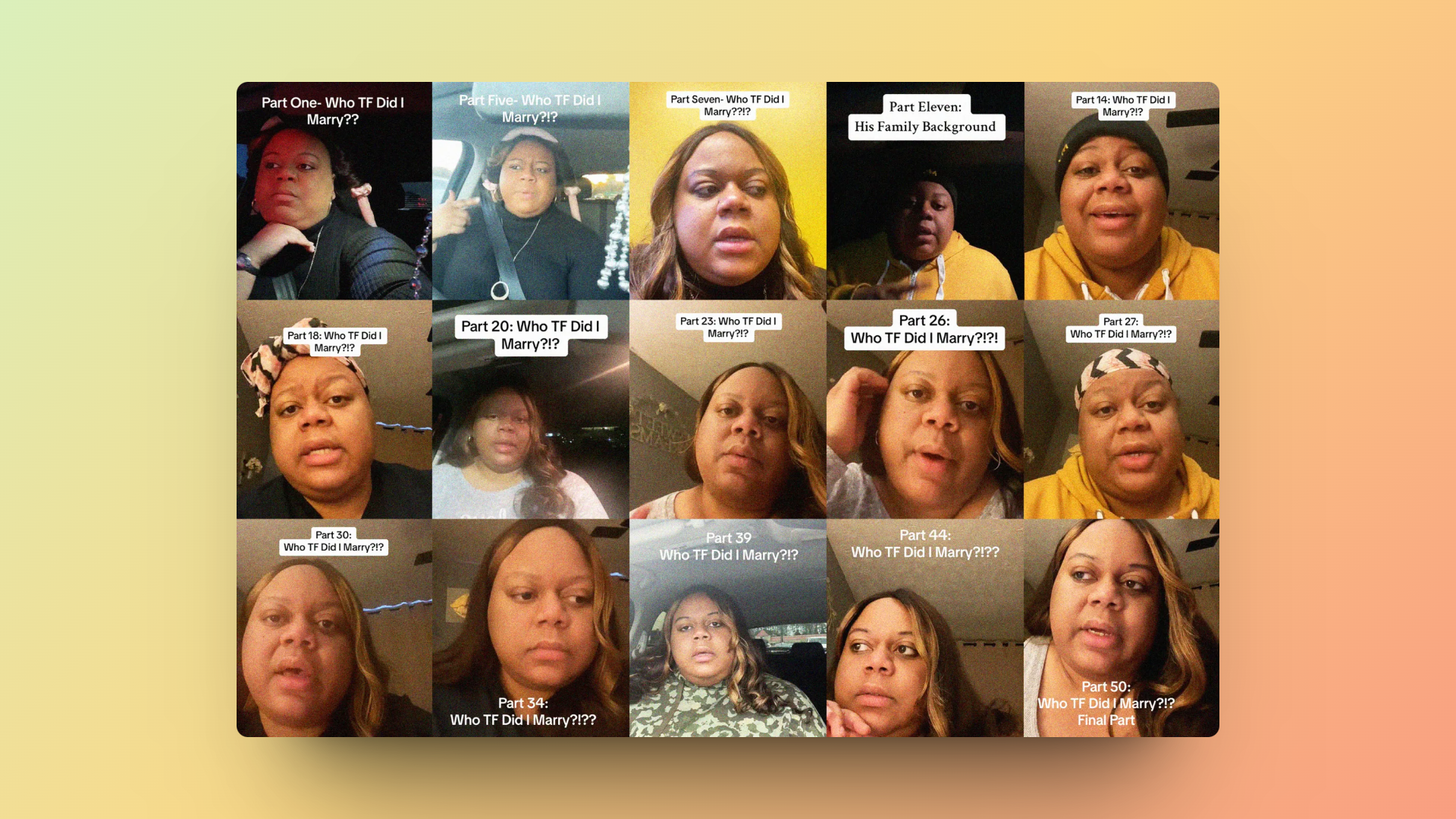With so much online content, knowing who owns what you’re sharing is hard. Emma Green, an IP lawyer at Bird & Bird, is here to help you protect your online content.
Emma works with businesses at the most exciting stage of their journey.
She also helps them future-proof their business and get them investor ready. The other side of her job is co-leading the Wellness group at B&B – she works with many ‘wellness clients’. She helps them tackle their legal to-do list, providing mentoring and business advice.
Emma shares her top tips on protecting your online content from being reused.
Who owns your online content?
It all depends on who created the content. Online content, such as blog posts, newsletters, and articles, is protected by copyright in the UK.
Copyright is an intellectual property right that automatically arises in written work and the layout and arrangement of pages.
The copyright author is the person who creates the work. As a general starting point, the copyright author will also be the exclusive owner of that content (meaning third parties need their consent to reproduce or edit the work).
If you’ve commissioned someone to write some content for you, they will own the copyright in that content. In practice, you need to ensure it’s assigned (transferred) to you so that you own it.
You may be considered co-authors if you’ve worked on the content alongside someone else. In such cases, you’ll need to agree with them before you let any third parties use or reproduce that content.
Who owns your social media content?
If we’re thinking about graphics and images this time, it’s the person who creates that content by physically taking the photo. This work is also protected by copyright in the same way as written works.
Make sure you agree with anyone who works for or with you to create image content that you will own the rights to those images. Get them to assign those rights to you if you can.
Take care to read the terms of any licence you accept. In fact, you may need to give credit to the copyright owner.
You should also check whether you can edit or make other alterations to the original image. You may not be the only one with a licence to use the picture.
How can we protect our content?
First, get clear on what content you want to protect and be upfront and honest about how you want, or don’t want, others to use our content. Then, add some of these simple elements to your content depending on your needs:
- For written website content, ensure you have a declaration of rights at the bottom of your web page. Insert © 2018 (you/your company name) – you can also put this in the content’s source code as part of the page header.
- Insert this same acknowledgement in the bottom corner of an image. If so, make sure you put credits in captions on social platforms for image content.
- For longer pieces, it’s sometimes worth making a harmless error or identifiable trait in the text – we call this a ‘sleeper‘. Then if you find what you suspect to be a copy, you can check for the sleeper. If it’s there, it’s a clear indication of direct copying.
- Artists, illustrators, and graphic designers can often do something similar or ensure files are password protected with ownership details in the file profile before sending them to third parties.
Should you have a privacy policy?
Yes, this is a significant part of any online platform. Privacy notices are essential for any consumer-facing business with an online presence.
For example, clarifying whether your site will place cookies on their computer, what data you collect from the site, how you manage newsletters etc.
Content rights can be a small paragraph at the top of the policy explaining whether you own trade marks (and if so, what) and who owns the online content.
Visitors to a site need to be clear about how you will manage their data.
What are content repurposing best practices when working with partners and sponsors?
If you’re working with a partner, make sure there’s an explicit agreement on whether or not they’re allowed to reuse your content.
Specify which platform, how they can use it, and how long.
Be clear about the need to credit you or the third-party owners of any copyrighted content they want to reuse.
If you don’t own the content, you’ve asked the person who does if it’s ok for you to use it in this way. Equally, ensure you’re clear on using or cross-promoting any third-party brand (especially relevant for endorsement or collaboration deals).
Aside from that, it’s just a case of monitoring the relevant platforms. You should look for unauthorised content and then take good-quality, dated screenshots of that work as evidence.
Someone reused my content without permission – what do I do?
Good housekeeping here is essential – you should keep good records about who created what content and when and who now owns that content.
- Keeping your offline content files dated and well-ordered will help with this.
- Deal with questions over content ownership as soon as possible. It’s easier to understand when the relationship is ongoing rather than having to revisit it several years after the content creation.
- When you find something suspicious, get the evidence – take screenshots or printouts of the content you think is infringing, and make sure those copies are dated.
Remember, only the content owner can stop infringing or copying works.
Try and work out how much has been copied – is it identical, or does your content only inspire it? It will be more difficult to stop if the work has only used your content as inspiration.
But it’s a value judgment, and you may want to take professional advice from an IP lawyer who works with copyright to assess your options.
For more from Emma, head to her profile on the Bird & Bird website.
Bird & Bird social: Twitter | Instagram
Ready to get started with positive impact marketing?
Set up power marketing systems build a marketing strategy that drives results, when you join our certification.
Develop an advanced set of marketing skills that drive more measurable results to any project and harness the power of psychology, purpose, storytelling, and impact to build trust in an increasingly skeptical world.
Take our certification, build your marketing plan and build your ultimate marketing toolkit.





